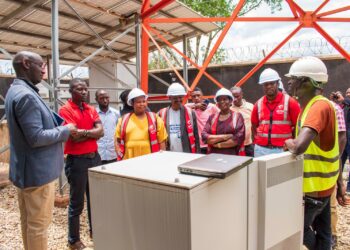By THE NEW YORK TIMES
Haloti Kailahi, president of the Pacific Islands Council of Northern Territory, said that incredible amounts of paperwork, employment term limits of four years, and sustained isolation from family members (who are ineligible to come with the workers) were “significant roadblocks” at odds with remote areas’ dire need for skills and employee retention.
Ultimately, Mr. Kailahi said, migration policy has been undercutting employment objectives and undermining a very capable, culturally fit Pacific work force. “I look after remote communities,” he said. “The turnover of people coming from interstate is so horrific. You look at people from the Pacific Islands, they are a perfect fit — but they’re destined to fail.”
The categorization of PALM workers as low-skilled fails to take into account their far superior cross-cultural and multilingual skills, which are desperately needed in remote localities, particularly Indigenous communities, Mr. Kailahi said. This, he said, is the result of migration policy that comes from the “Canberra bubble,” not the regions that have taken on migrant workers.
In short, he said, both the communities’ and the migrants’ needs are routinely overlooked.
For Sinuti Leafu Moli, 35, a PALM worker based in Alice Springs, the reasons for leaving her parents, partner and five children behind in Samoa were purely economic: “Back home, no matter how good your job is, or your position, money is an issue.”
She came to the Northern Territory in 2021 to work at a Double Tree Hilton hotel, where she was quickly promoted from food and beverage attendant to purchasing and finance manager. Although the work was good, Ms. Moli said, she missed home terribly and was often lonely and scared living so far from her family.







Discussion about this post